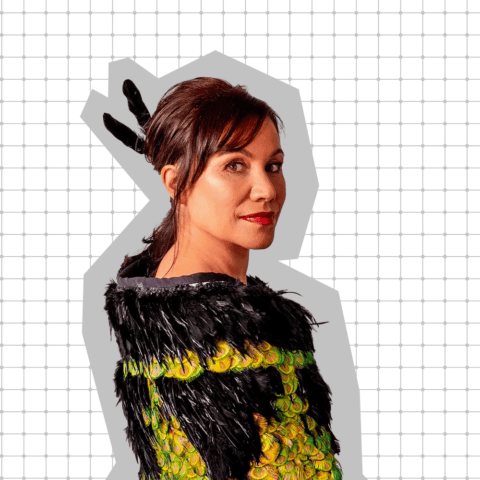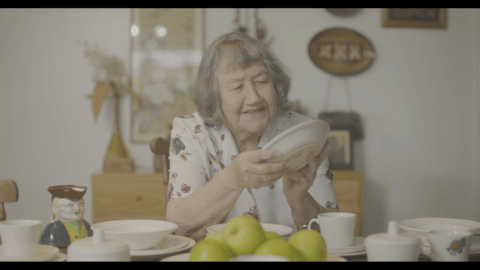Reflecting on Polyfest, Stacey shares the joys of kapa haka.
Kei te pēhea koe? Kei te pai koe? How are you? Are you okay? It’s been such a strange time that I feel the desire to ask, even if it has to be a ui makihoi – rhetorical question, as I’m asking you from this page. I’ve noticed as the pandemic goes on, people are stretched and sometimes forget to ask how others are. It’s understandable, but I always appreciate a genuine “Kei te pēhea koe”. Kei te pai mātou ko taku whānau – my whānau and I are okay, although we’ve had a brush with Covid, as many of you reading this will have.
Amazingly, though, two of our kids managed an awesome feat, along with thousands of other Auckland teens, and it provided this māmā with such a boost. The Polyfest cultural festival began in 1992, and in pre-Covid times would welcome up to 100,000 visitors to watch the events on 10 or so stages that became mini-villages, representing each culture involved.
This year, no crowds were allowed, so parents and whānau were watching the live stream or the Te Reo channel, our eyes welling up with proud tears. It’s always emotional watching your kids express their culture, but this year it was a particularly impressive watch considering the massive effort from all schools who managed to put together performances despite high Covid case numbers among students and tutors.
My daughter is in Year 9, so this was her first Polyfest experience, and her school often wins the competition, even the national title at times, so they practise like true professionals. Twenty-two hours in a weekend, early in Term One, rapidly builds whanaungatanga – relationships, diligence and stamina. I was amazed I didn’t hear one amuamu (complaint) from her, either.
Such is the joy that kapa haka brings. Kapa means team and also row or line, and I’m sure you already know the meaning of haka. If you’re a regular reader of this column, you’ll hopefully remember me warning against saying, “kapa haka team”, because that means “haka team, team!” – “kapa haka” is just fine by itself. There are other handy haka terms you’ll often hear, especially if your kids take the stage. There are a number of words used for the leader of the group – Kaea being one, also Kaitātaki tāne – male leader, Kaitātaki wahine – female leader. The term Manukura is also used for leader of the kapa at times.
When it comes to competitions, there’s usually a set format for the performance that each kapa follows and is judged on. The Waiata tira – choral, is often the first number, and a warm-up of sorts. Then the kapa will leave the stage and every aspect of their move back on stage is the whakaeke – entrance. The mōteatea, or traditional chant, follows, along with waiata ā-ringa – action song, poi and haka.
There are many different types of haka, some with weapons and some not. The lyrics often present social commentary or a challenge, and the strength of those words and their delivery are also judged. The whakawātea, or exit, is the last part of the performance and the choreography is intricate, with split-second precision and style. The top high school groups could foot it at Te Matatini – the (adult) national kapa haka festival. That’s on in Auckland next year, named by Professor Wharehuia Milroy, with te mata – the face – and tini, meaning many, coming together to mean “the many faces”.
My face, as I watched my children, was full of emotion, pride and gratitude that our tupuna (ancestors) ensured this generation still has this unique and spiritual way of expressing themselves.








